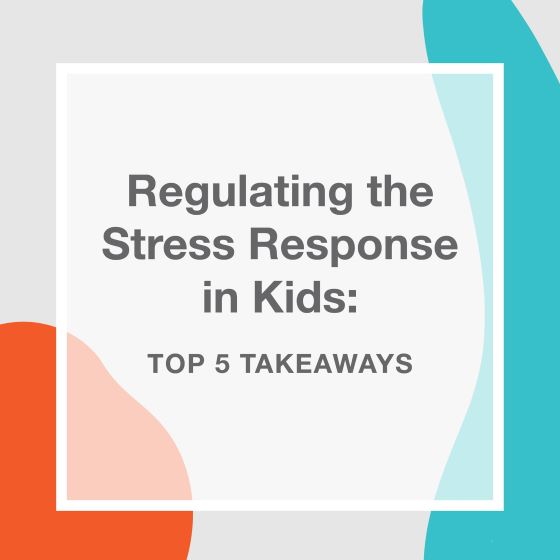 Regulating the Stress Response in Kids: Top Five Takeaways
Regulating the Stress Response in Kids: Top Five Takeaways
In the August webinar, ACEs Aware asked a panel of experts to share their tips and best practices for primary care providers to help pediatric patients and parents manage stress.
Read key takeaways from Dr. Dayna Long, Dr. Hilary M. Bowers, and Dr. Pradeep Gidwani below. Watch the full ACEs Aware webinar here.
1. Cool-Down Corner
Parents are familiar with timeouts, especially as disciplinary measures. For example, if your child is out in the middle of the street, or violated a house rule that resulted in a broken window, these actions could result in discipline like a timeout, which is parent-controlled and parent-directed.
Conversely, a cool-down corner is about giving space for social and emotional self-regulation. A child may choose to cool-down for five seconds, five minutes, or an hour – it’s really up to them. The decision is up to the child for when they feel they are ready to come out and resume interacting in a healthy way.
As a provider, you can help educate caregivers to model the behavior they want for their children. To demonstrate how it works, you can recommend for the caregiver to express that they are feeling frustrated or upset, and to ask the child to sit in the cool-down corner. When caregivers see an opportunity to use the cool-down corner, they should also make sure they communicate when it’s cool-down time by saying, “Hey, it’s cool-down time,” and let the child direct the time he or she needs. Children can also use things like crayons, paper, a pinwheel, or items they helped to pick out in advance to help them cool down.
Read the full article here.
